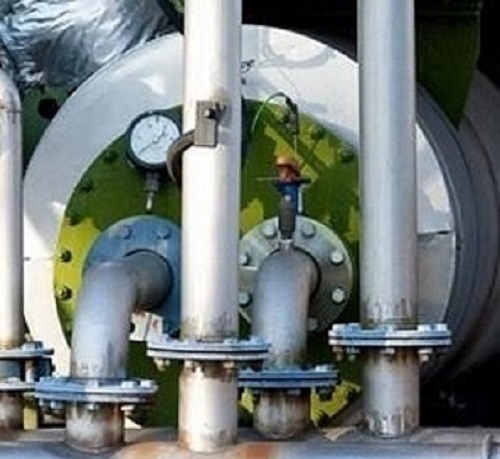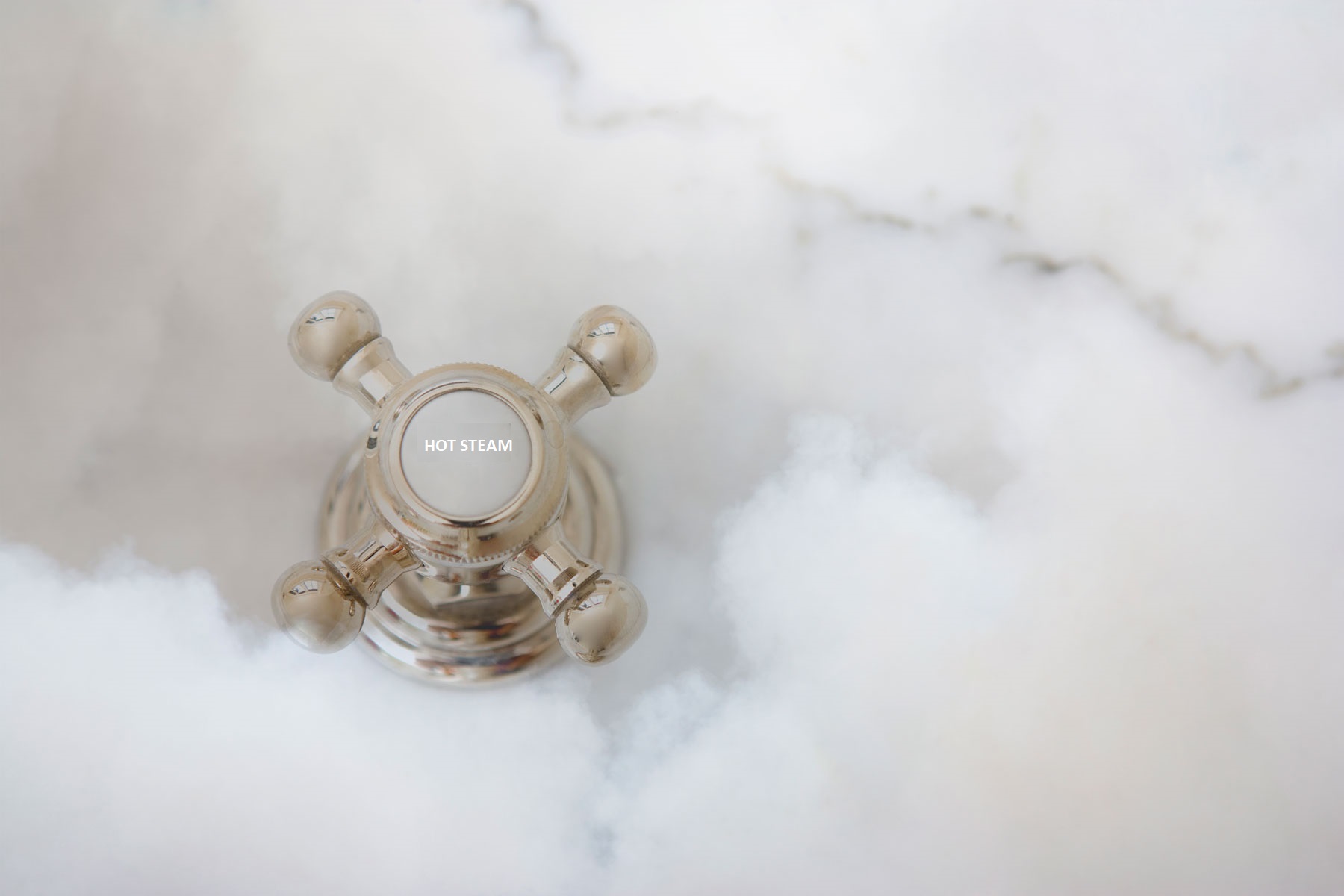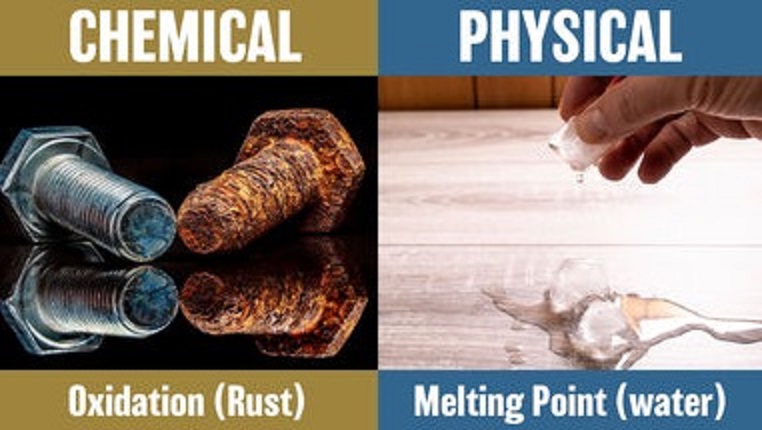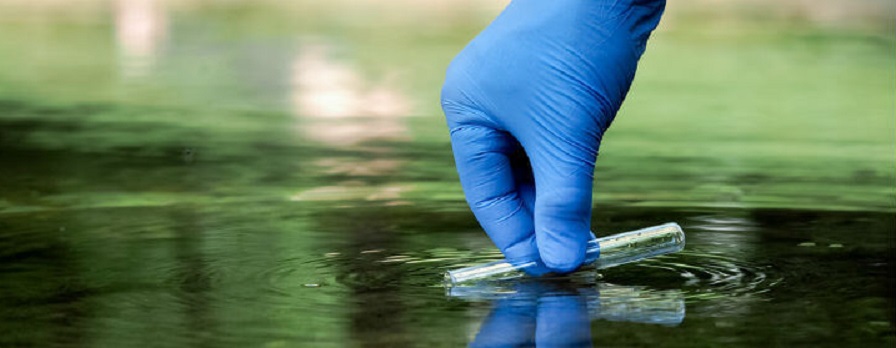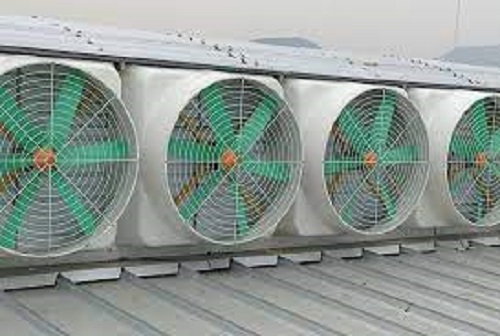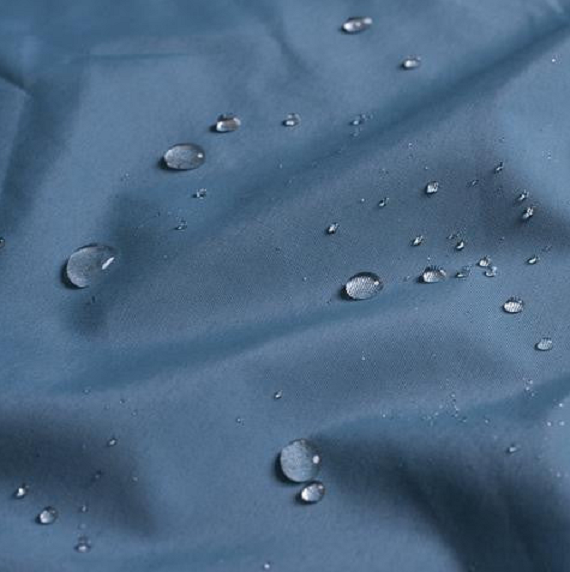Type of problems and safety measures in boilers
Here is a listing of types of problems and safety measures in boilers and also the standard accessories required. Altogether needs to feed water purification before use in boilers, otherwise, it may be harmful to boilers. From the history of boilers, explosions tell us that an industrial boiler is a potential bomb. Mostly Steam boilers have been known to explode when not properly maintained. We found reported incidents in the world with boiler blasts and huge damage economically and human lives.
What are the main problems with boilers?
- Scale formation
- Corrosion
- Carryover/ foaming
- Caustic embrittlement
Scale formation in boilers
Whenever water is heated under high pressure and concentrated by evaporation certain substances are thrown out of the wall and solidified within tubes and plates. Also, this scale forms layers inside the tube and these layers become thicker and thicker. Scale is a non-conductor of heat so fuel wastage takes place.
Outside the tube is red hot while the water inside is very much cold due to uneven heating the cracking of scale takes place. As the colder water touches the red hot plate it is pitted

Granular scale in boilers
The granular Scale is due to the formation of CaCO3 and MgCO3. It is not a compact scale but it is a non-uniform low scale. Also, this type of scale can be removed easily by mechanical means simply by chiseling.
Hard scale in boilers
Hard scale is formed due to CaSO4, CaCO3, SiO2, MgSiO3, and sometimes due to Mg(OH)2. It is a hard and compact scale. It could be thin but very compact. Mechanical treatment has no effect, so it is chemically removed by using HCL with an inhibitor.
The major set-back is the stoppage of work due to the descaling
Corrosion
The type of problems and safety measures in boilers always be a hurdle with corrosion. Corrosion means eating up metal. It is the inverse process of forming ore from metal. There are three types of corrosion.
(i) General corrosion
It happens informally on metals. It is due to acidity in water.
MgCl2 + H2O → Mg(OH)Cl + HCl
Mg(OH)Cl + HCl → Mg(OH)2↓ + HCl
FeCl2 + H2O → FeO + 2HCl
(ii) Pitting corrosion
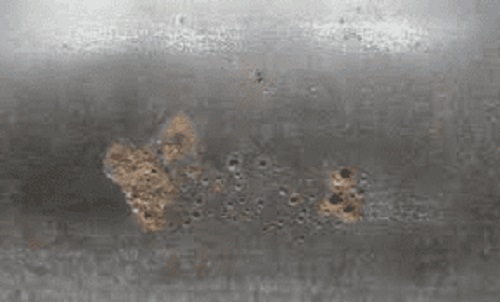
This corrosion produces Pits in the metal. The scale formation gives this type of corrosion
3Fe + H2O → Fe3O4 + 4H2 ↑
Ferro- ferric oxide (FeO.Fe2O3)
The matel is chipping off due to dissolved gases like O2, CO2and other gases corrosion take place.
Fe + H2O + CO2→ Fe(HCO3)2
also Fe + H2O + CO2→ FeCO3 + H2 ↑
O2 Will change this into higher oxide i.e into Fe2O3, Fe3O4
FeO + O2→ Fe2O3+ Fe3O4
Hence, the CO2 generated again reacts and forms more and more corrosion.
(iii)Galvanic corression
Galvanic corrosion is due to electrochemical cell production because of the metal present.
Fe → Fe+2 + 2e–
2e + 1/2 O2 + H2O→ 2(OH`)
Also, Fe(OH)2 → FeO + H2O
This happens due to impurities in metal or alloy used in boilers.
So as not to cause corrosion acids gases and scale formation should be provided not to take place. So, the removal of gases is done by pre-heater.
Carryover /foaming in boilers/Steam purity
When the T.D.S concentration increases the bubbles are formed in water. Due to heating, these bubbles break up and those solids carry over with the steam in pipes and get deposited on cooler parts of the pipe i.e at the outlet of steam pipes, and pipe clogging will take place. So T.D.S should be reduced.
Steam purity or quality of steam is calculated as a measure of saturated steam that coexists with condensate within a given system hence ” dividing the mass of steam by the total mass of steam and its condensate”
Impurities are of two types
- Firstly, mechanical carryover ( impurities carried with liquid droplets)
- Secondly, vapor carries over (impurities carry with steam)
Generally, steam impurities increase with steam pressure
Also, steam purity can be calculated as 0~100 steam quality means 100% liquid(condensate) and 100 pure steam means 0% liquid condensate.
Caustic embrittlement in boilers
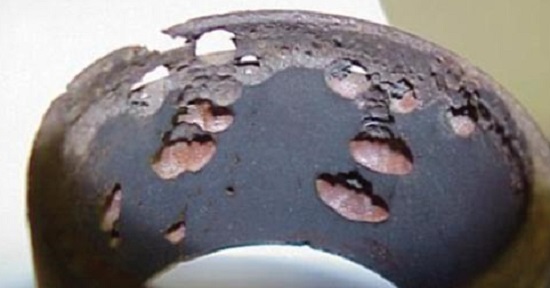
whenever there is an alkali or caustic in water then at the positions of stress and strain in the plate i.e ( bends and rivets).
It will put crakes hair like at that places. This is due to caustic and potash and metal getting brittle which causes leakage hence there should be a lesser amount of NaOH and potash. Nowadays rivets have been finished due to welding.
What are feed water requirements for boilers?
| Boiler pressure PSI | T.D.S gm/L | SiO2 gm/L |
| 200 | 3500 | 100~120 |
| 400 | 3000 | 65~85 |
| 600 | 2500 | 45~55 |
| 900 | 1500 | 25~30 |
also
| Hardness | Degree (ppm) |
| Soft | 0~60 |
| Slightly Hard | 61~120 |
| Hard | 121~180 |
| Very Hard | 180~above |
what are safety measures on boilers?
Boiler mounting (safety measures)
Boilers are mounted with various equipment and instruments for the safe and also, satisfactory working of boilers. Commonly used boiler mounting are
- Water level indicator
- Steam pressure gauge
- Safety valves
- Fusible plugs
- low water and high water pressure alarms.
What are accessaries on boilers?
The type of problems and safety measures in boilers can be handled with these standard accessories.
Boiler accessories
There is equipment that is not mounted on boilers directly but is essential for the efficient working of boilers
- Economiser
- Air preheater
- Superheater
- Soot blowers
- Other accessories are a fuel pump, ejectors steam traps, and reducing valve
Economiser
The economizer is a feed water heater extracting heat from the fuel gases discharged from the boiler. As well as the name indicates, it saves the cost of fuel required. So, these receive H2O from the feed pump and deliver it at a large temperature to the steam generating section. An economizer consists of a group of tubes located in the main flue between boilers and chimneys. As a result, the water flue gases flow outside the economizer tubes and heat is transferred to the water flowing inside the tube.
Basically, Economiser can be kept in a state of high efficiency with help of scapers moving upward and downward for cleaning the root which is a bad conductor of heat. So the gain in efficiency depends upon the gas temperature out of boilers and feed water temperature saving up to 20%of fuel costs can be achieved by using an economizer. Also, the maximum temperature at which the temperature can be heated is 250C.
Air preheater
The heat carried with the flue gases coming out of the economizer is further utilized for preheating the air before supplying the combustion chamber. Advantages are
- Firstly, it improves the combustion
- Secondly, low-grade fuel can be used
- Thirdly, saving on fuel combustion
- Lastly, an increase in thermal efficiency
Super Heater
The addition of heat to steam after evaporation is accompanied by an increase in temperature and enthalpy of fluid. The superheaters are used to remove the last traces of moisture from the standard steam out of the boiler and to increase its temperature sufficiently above the saturation temperature. A superheater consists of a large number of parallel tubes, in which steam flows while hot gases come into contact flowing outside.
Soot blowers
These are exhausting fans used to remove the root from the chimney. These are very helpful to remove the root, which may remain stuck in economizer tubes, thus increasing its efficiency.
